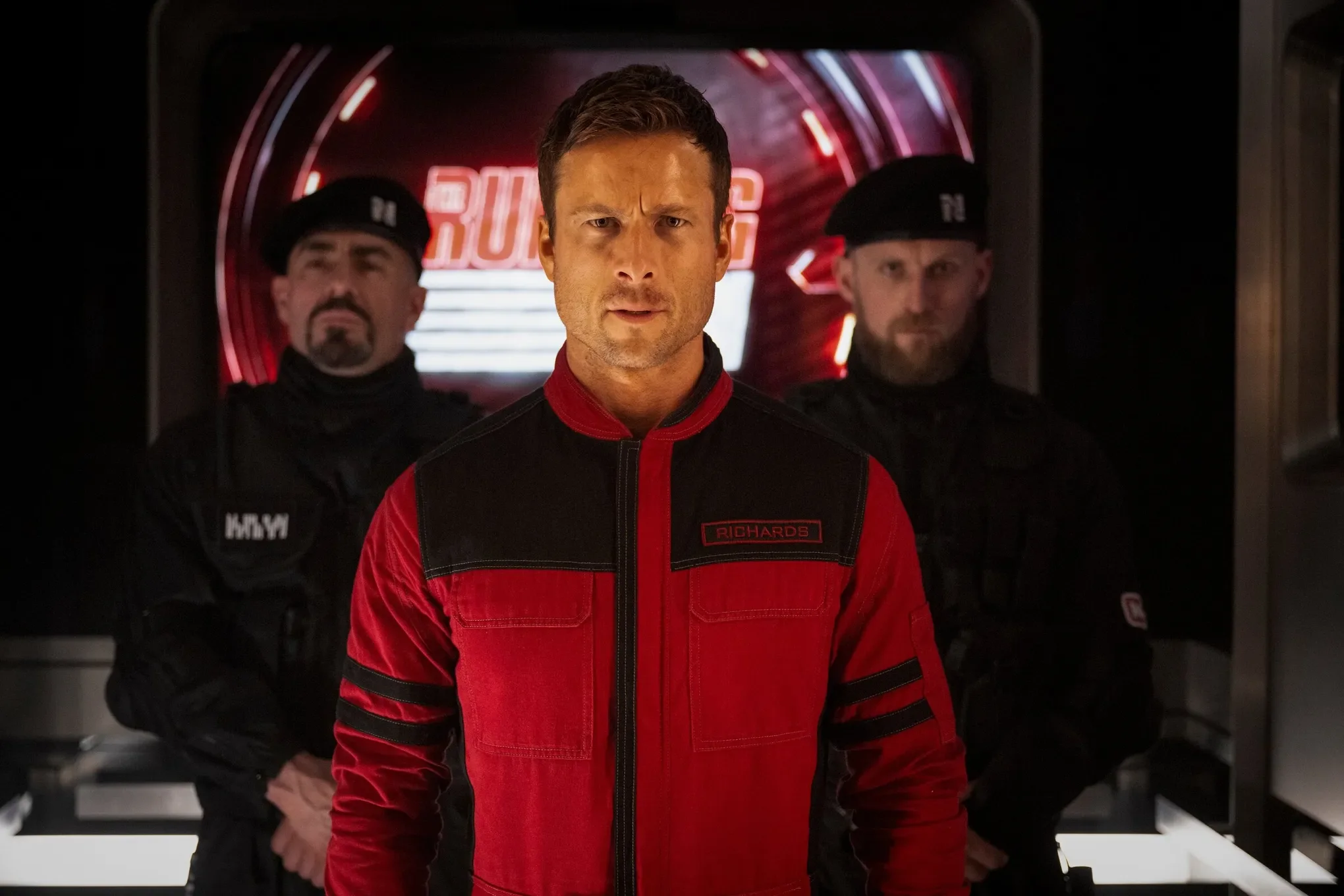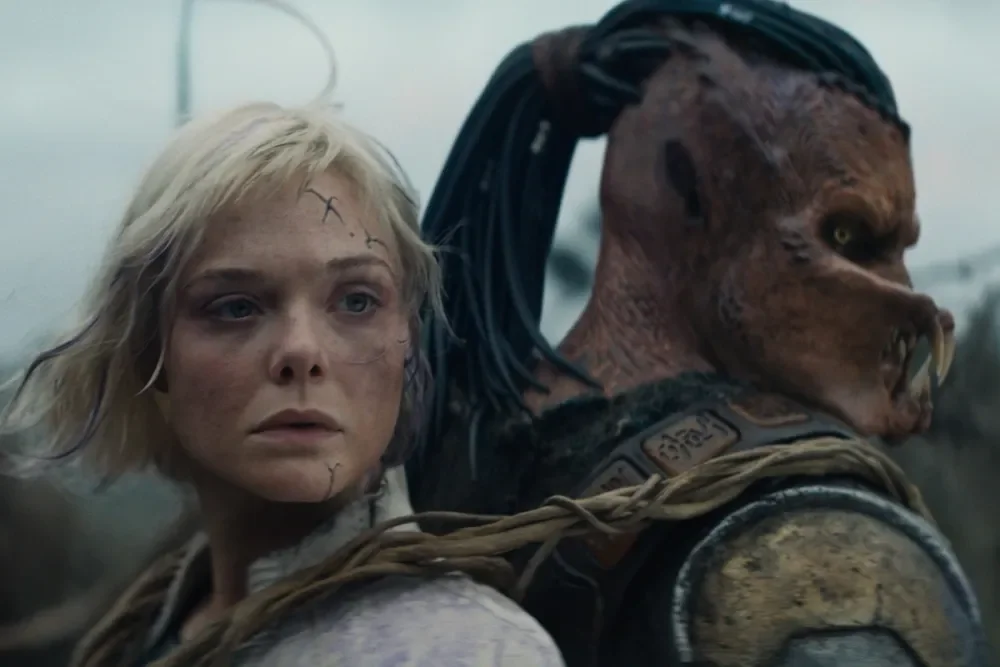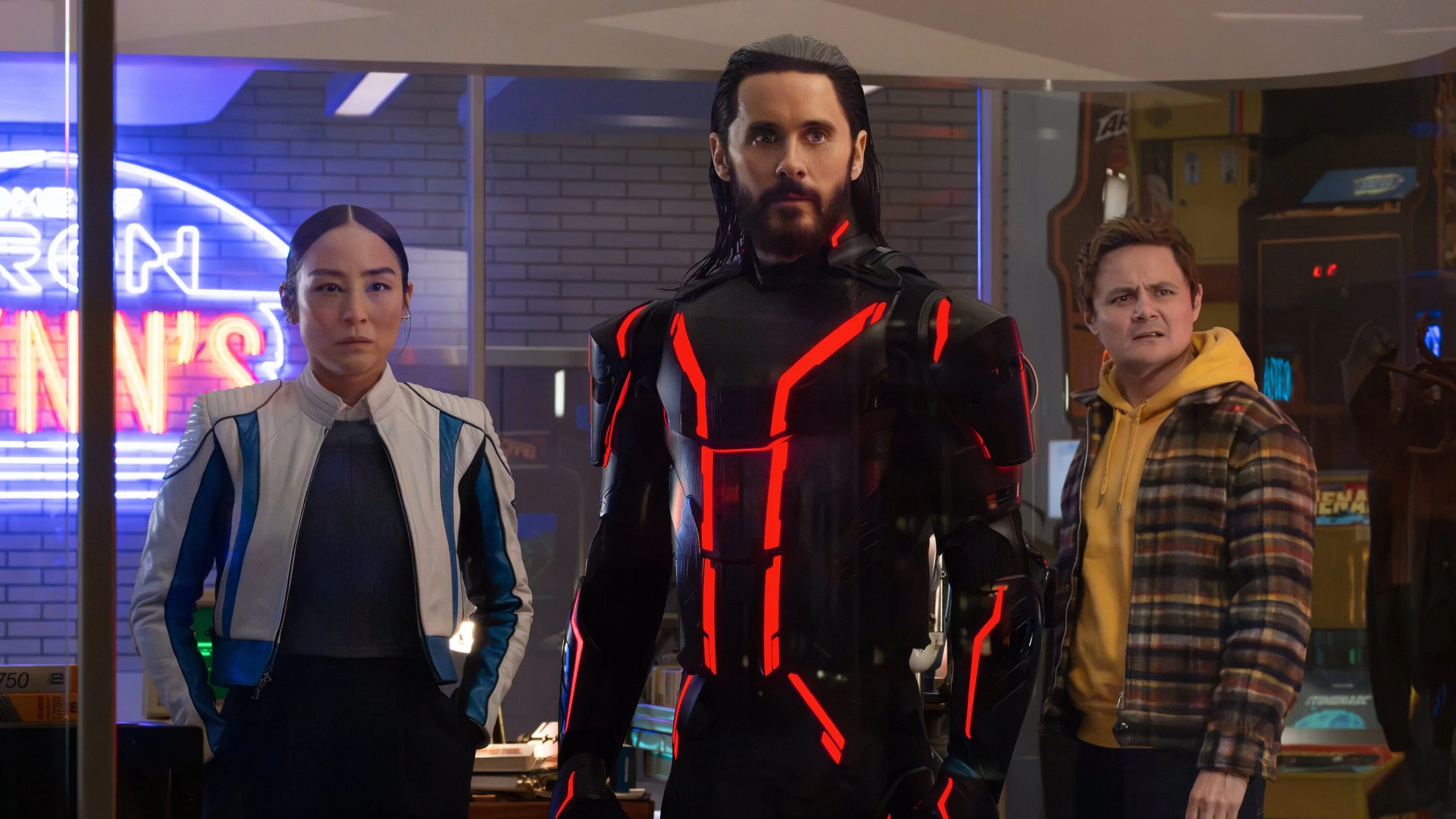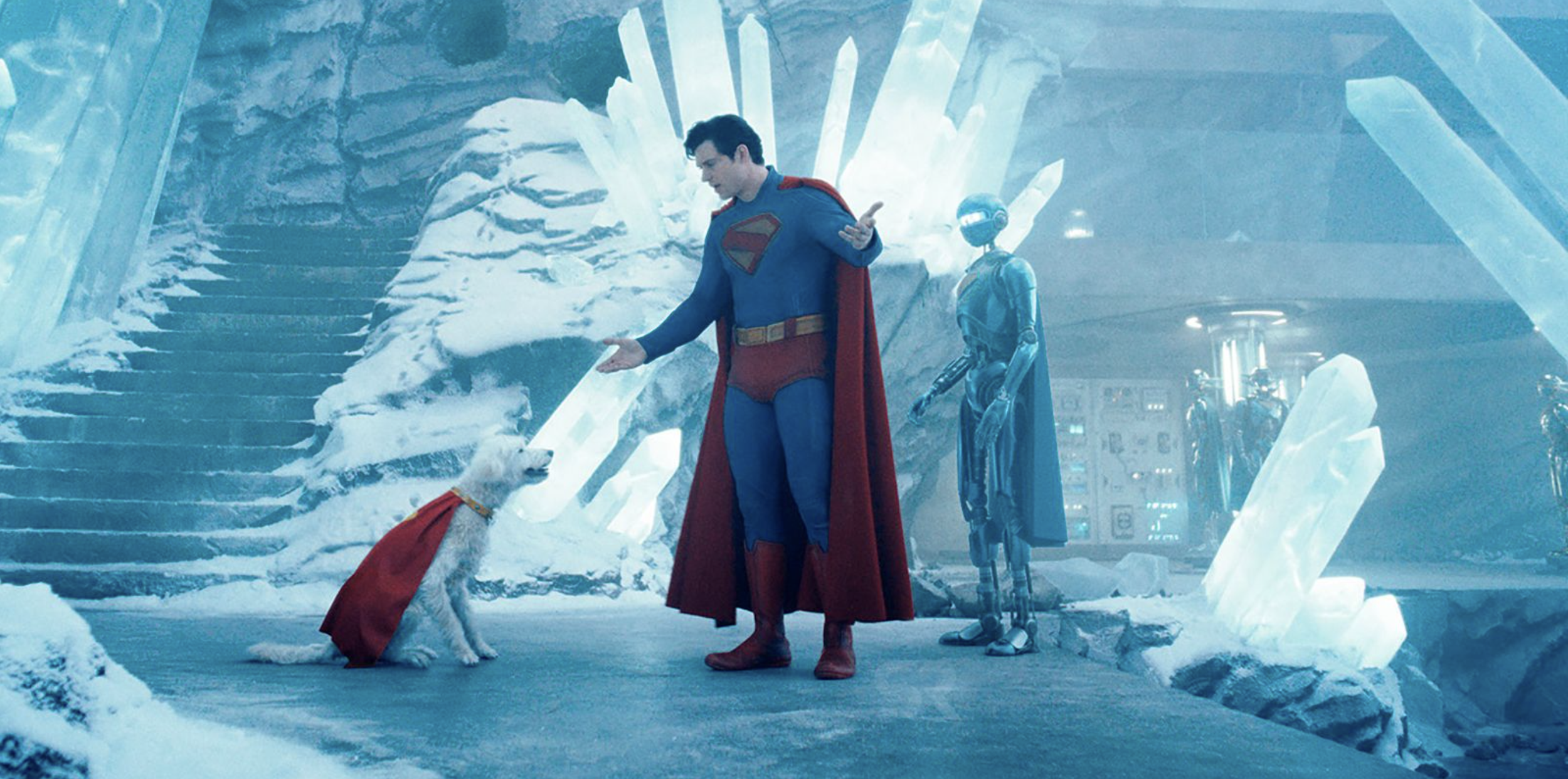THE RUNNING MAN
Directing: C
Acting: C
Writing: D+
Cinematography: B
Editing: C+
Special Effects: B-
Edgar Wright has directed and co-written so many delightful movies—Shaun of the Dead (2004), Hot Fuzz (2007), Scott Pilgrim vs. the World (2010)—it’s easy to expect, or at least hope, that a new one will at least be really fun. Baby Driver (2017) was fun but did not quite reach the heights of his earlier work; and Last Night in Soho (2021) was . . . fine. You can perhaps detect a shift here, and I suppose every good director, if prolific enough, will inevitably product an outright dud.
Enter The Running Man, an exercise in squandered potential if ever there was one. Wright also has a co-writing credit here, alongside Michael Bacall, who previously collaborated with Wright on Scott Pilgrim vs. the World—a movie which, by the way, holds up surprisingly well. So what the hell happened? This The Running Man, the second adaptation of the Stephen King novel by the same name (the first having starred Arnold Schwarzenegger, in 1987), is badly written, phoned in by the actors, looks ugly, and is overlong. What person in their right mind thinks 133 minutes is a reasonable runtime for a movie like this? I saw that runtime before seeing the movie and immediately knew it didn’t bode well. A perfect runtime for a movie like this is, say, an hour and 45 minutes. (The 1987 film was an hour and 41.)
I never expected greatness from this movie, but I thought it would at least be dumb fun. It was dumb all right, though in a particularly unexpected way: this movie thinks it’s way smarter than it actually is. This is a dystopian future in which the divide between wealthy and poor is massive; “megacorps” own everything including government and law enforcement; and mass entertainment caters to the lowest denominators of profanity and dehumanizing violence—all the same beats we have seen time and time again in dystopian movies. The Running Man goes further with characters regularly ranting about the state of inequality, in ways that thoroughly ignore subtlety and never sound like anything but platitudes.
All of this shit is going in one ear and out the other of anyone watching, who are just there for escapist entertainment in an American cultural hellscape. The very existence of this film is the product of what it’s pretending to be preaching against. It’s worth noting that the one thing this movie does that we haven’t seen much of before is use AI as a plot point, with The Running Man’s gameshow manufacturing footage that isn’t real in an effort to keep the audience against the contestant—except it’s never addressed as “AI” and only ever declared “not real” in ways, again, we’ve already heard a thousand times. The only thing that could make this entire production—with a budget of $110 million—more perfectly cynical would be to learn that AI was actually used in the making of it.
I do try to find redeeming qualities, and I found a couple, though they hardly make up for what makes this movie suck. The cinematography isn’t bad, but that doesn’t mean much when the production design is so dingy and drab. Ben Richards (Glen Powell) spends a lot of time running around cities with crumbling infrastructure and complacent bureaucracy. The special effects aren’t terrible, but none of what’s decently rendered looks very good. There is evident skill but a fundamental lack of imagination. Even when we first meet Ben and his wife, Sheila (Jayme Lawson, given a truly nothing part to work with), we learn of their desperation to find medication for their young child with the flu. This is set in their tiny closet of a home surrounded by concrete walls, and the entire sequence is a deeply clunky exposition dump through their dialogue. This, along with Ben pleading with his shitty boss to get his job back, is how the film opens.
The Running Man reveals itself to be in trouble as soon as characters open their mouths. Glen Powell must be noted here, as deeply miscast in the role of a deeply disenfranchised, constantly furious man. After many roles as a romantic charmer of a leading man, I suppose it’s understandable that he’d want to be cast against type, except that he works well in those other roles and just isn’t believable here. He doesn’t feel genuine.
Naturally, as Ben spends a lot of time on the run, he crosses paths with an ensemble cast of supporting characters, including Scott Pilgrim star Michael Cera, here a surprisingly credible underground revolutionary who offers Ben aid. He’s booby trapped his large house so he can have fun with the “goons” (what everyone calls the police in this film, right down to the brief sighting of graffiti that reads AGAB) once they inevitably catch up with them. This is one of the more engaging action set pieces in the film, but for the fact that it comes along way too late and has no critical need to be included in the plot whatsoever.
The first helper Ben comes to is his old friend Molie, played by the always dependable William H. Macy, who is given far too little screen time—he’s in maybe two scenes. Sean Hayes makes a single appearance as the host of another dehumanizing gameshow called Speed the Wheel, in which we see an overweight man literally run to death on a human-sized hamster wheel. Lee Pace plays the leading “Hunter” among those professionally hired to chase down The Running Man. Pace spends most of the movie with a mask over his face, and it’s eventually taken off like a big reveal, only to show a guy whose biggest part to date has been as Brother Day on the Apple TV series Foundation.
The Running Man is just a series of misguided choices at every turn. Very late in the film, Ben takes a woman hostage played by Emilia Jones, who was previously seen as the hearing daughter of deaf parents in the 2021 Best Picture winning CODA, and much more recently as Maeve, the antagoinist’s niece in the HBO limited series Task. This resume reveals a very talented young actor who can disappear into different parts, but the only explanation I can come up with this one was that she wanted to be part of an action blockbuster.
I think I can say with confidence that The Running Man is not fated to be a blockbuster, especially once regular audiences start to see it, and do not rave about it. The closest thing to a saving grace this movie has is several fairly exciting action set pieces; once the clunky exposition was out of the way and Ben was on the run, I found myself more engaged, and thought maybe that would turn me around on the thud of a note the movie starts on. This sensation was short lived, as the writing is so inexcusably rote. Characters don’t make logical choices, but rather make dumb moves transparently designed to keep the action going. This gets ratcheted up to such ridiculousness that there’s even a gun battle in an airplane cockpit.
And all this time The Running Man is presented as though it’s confidently entertaining us, while also being thematically provocative. It definitively fails on both those fronts, ultimately serving up only rehashed ideas and recycled platitudes.
Is he angry or confused? After seeing this movie, you’ll be both!
Overall: C










